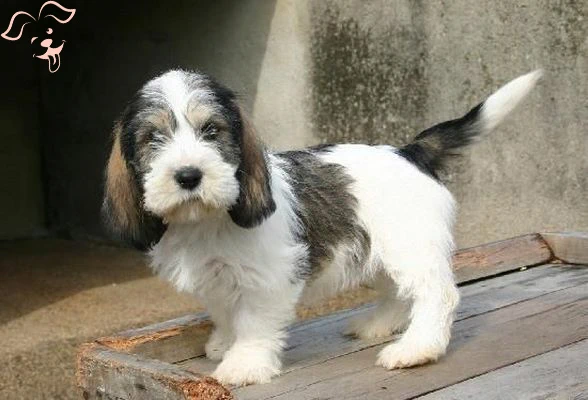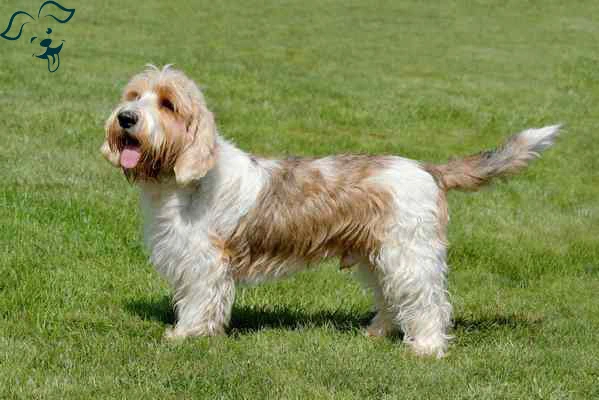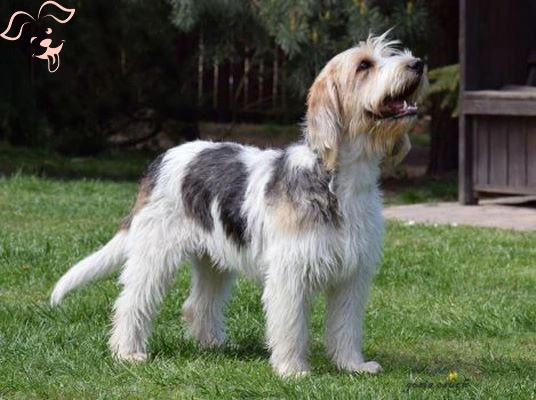CARING WITH FAMILY
|
| When considering a breed's inclination for affection towards family members and familiar individuals, it's important to recognize that different breeds exhibit varying degrees of attachment. Some breeds display a tendency to be more aloof reserving their affection primarily for their owner while other breeds readily extend their affection to everyone they know, treating them like their closest friends. |
LOVE WITH CHILDREN
Unwise
Good With Children
|
| The level of tolerance and patience a breed shows towards children's behavior, along with its overall family-friendly nature, are essential factors to consider. Always make sure to closely monitor dogs when they are near young children or children who have had limited exposure to dogs. |
BEHAVIOR WITH DOGS
Unwise
Good With Other Dogs
|
| When evaluating a breed's propensity for friendliness towards other dogs, it is crucial to emphasize that all dog interactions and introductions should be supervised. However, it is true that some breeds tend to be more naturally inclined to get along with other dogs both within the home and in public settings. |
SHEDDING LEVELS & MANAGEMENT
No Shedding
Hair Everywhere
|
| It is important to take into account the amount of fur and hair a breed typically sheds. Breeds that have a high shedding tendency will require more frequent brushing to manage the shedding, as they are more likely to trigger certain types of allergies. Additionally, these breeds may also require more consistent vacuuming and the use of lint-rollers to keep the environment clean and tidy. |
COAT GROOMING STANDARDS
|
| Taking into account the grooming needs of a breed, including bathing, brushing and trimming or any other specific coat maintenance requirements. It is important to consider the time, patience and budget you have available for grooming when choosing a breed. Remember that all breeds require regular nail trimming to maintain proper nail health. |
DROOLING INTENSITY
Less Likely to Drool
Always Have a Towel
|
| Considering the drool-proneness of a breed. If you value cleanliness and are particular about avoiding slobber on your arm or wet spots on your clothes breeds that have a tendency to drool excessively may not be the most suitable choice for you. |
COAT STYLES GUIDE |
| Rough, Double |
| COAT SPECTRUM |
| Long |
FRIENDLINESS
Reserved
Everyone Is My Best Friend
|
| Assessing the level of welcoming behavior a breed typically exhibits towards strangers. Certain breeds may be reserved or cautious around unfamiliar individuals regardless of the situation, while others may display a friendly and happy demeanor when encountering new humans. |
LIVELINESS
Only When You Want To Play
Non-Stop
|
| Assessing a breed's enthusiasm for play, considering their inclination to engage in activities like tug-of-war or fetch even beyond puppyhood. Some breeds will continue to enjoy energetic play well into their adult years, while others may be content with a more relaxed and laid-back approach, preferring to spend most of their time relaxing on the couch with their owners. |
VIGILANCE INTENSITY
What's Mine Is Yours
Vigilant
|
| Considering a breed's tendency to alert their owners about the presence of strangers. Some breeds are more likely to react to potential threats, such as the arrival of the mailman or the sight of a squirrel outside the window. These breeds are generally alert and may raise alarms when unfamiliar individuals are around. However, once strangers are accepted by the family, these breeds are likely to warm up to them. |
ADAPTATION CAPACITY
Lives For Routine
Highly Adaptable
|
| Assessing a breed's adaptability to change including variations in living conditions, noise levels, weather conditions, daily schedule and other fluctuations in day-to-day life. Some breeds are more flexible and adaptable able to handle changes with ease while others may struggle with adjustments and require a more stable and predictable environment. |
OBEDIENCE LEVEL
Self-Willed
Eager to Please
|
| Considering the ease of training a breed and their willingness to learn new things. Some breeds are naturally more eager to please their owners and are generally easier to train displaying a strong desire to learn and make their owners proud. On the other hand, some breeds may be more independent-minded, preferring to do things on their own terms and may require a more patient and creative training approach. |
STAMINA LEVEL
|
| Considering the exercise and mental stimulation requirements of a breed. High-energy breeds typically have a strong need for physical activity and mental stimulation. They are often eager for adventure and will readily engage in running, jumping and playing throughout the day. On the other hand, low-energy breeds tend to be more laid-back and content with a relaxed lifestyle. They are generally more inclined to spend their time lounging around and enjoying leisurely activities. |
VOCALIZATION
|
| Frequent |
LEARNING CURIOSITY LEVEL
Happy to Lounge
Needs a Job or Activity
|
| Considering the mental stimulation requirements of a breed to keep them happy and healthy. Certain purpose-bred dogs have been developed for specific tasks or jobs that demand decision-making, problem-solving, concentration and other cognitive abilities. Without sufficient mental exercise and stimulation, these dogs may become bored and look for their own outlets to keep their minds busy, often resulting in destructive or undesirable behaviors. |
| COLORS |
|
Description
|
Registration Code
|
|
White & Grizzle
|
221
|
|
White & Lemon
|
211
|
|
White & Orange
|
213
|
|
White & Sable
|
215
|
|
White Black & Tan
|
219
|
|
Black & Tan
|
018
|
|
Fawn
|
082
|
|
White & Black
|
202
|
|
White & Gray
|
210
|
|
| PATTERNS | . |






























FRIENDLINESS
LIVELINESS
VIGILANCE INTENSITY
ADAPTATION CAPACITY